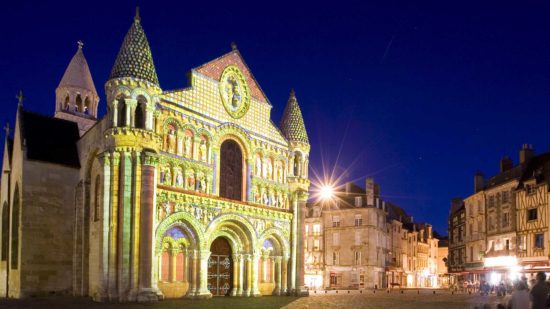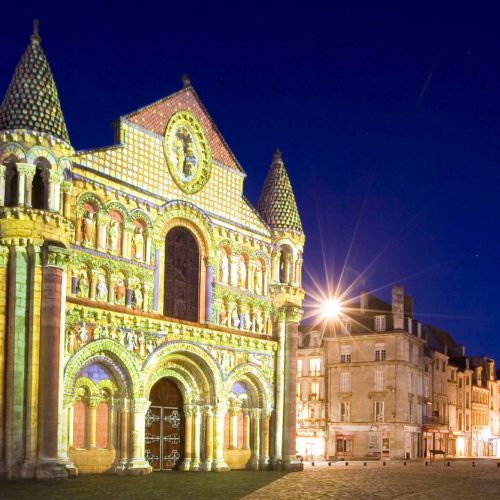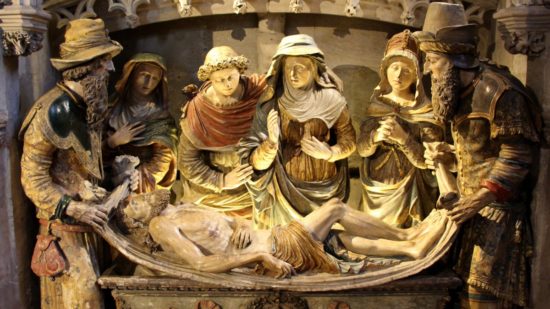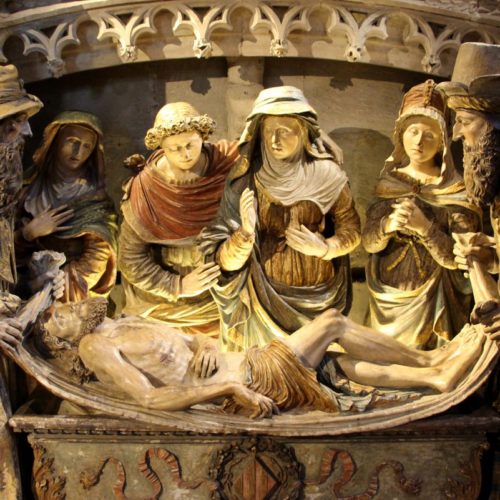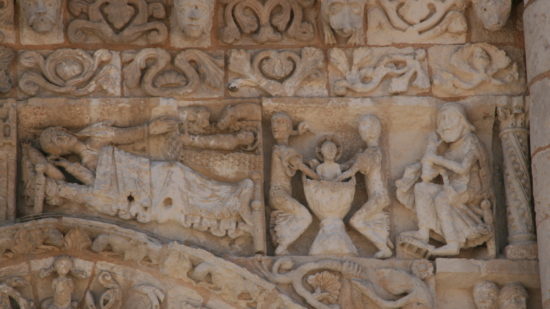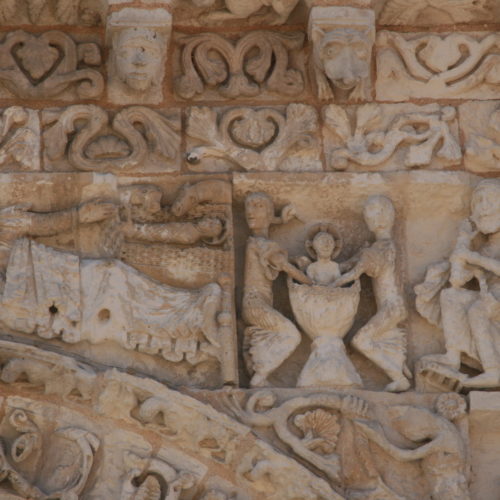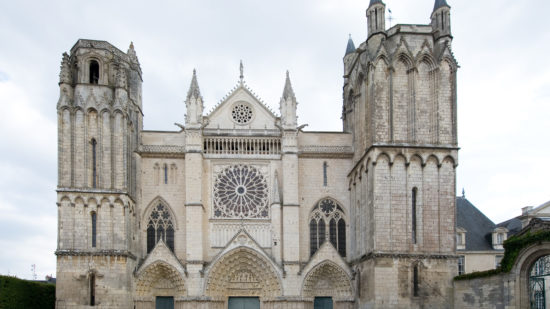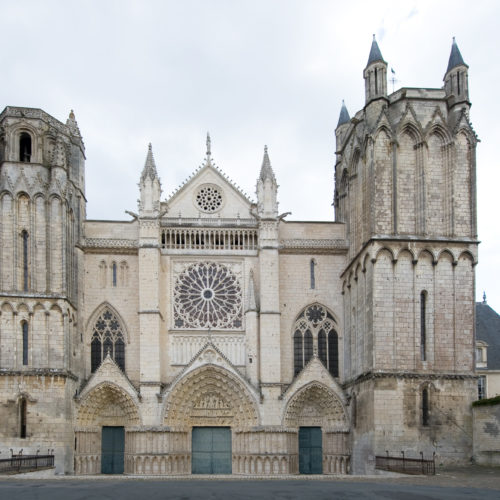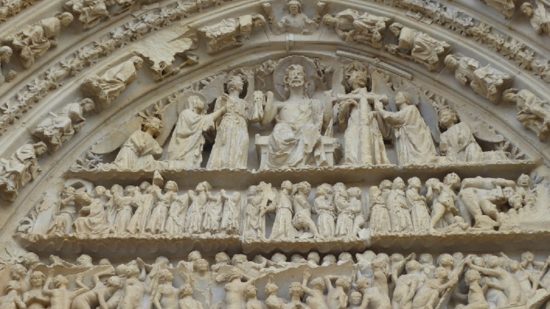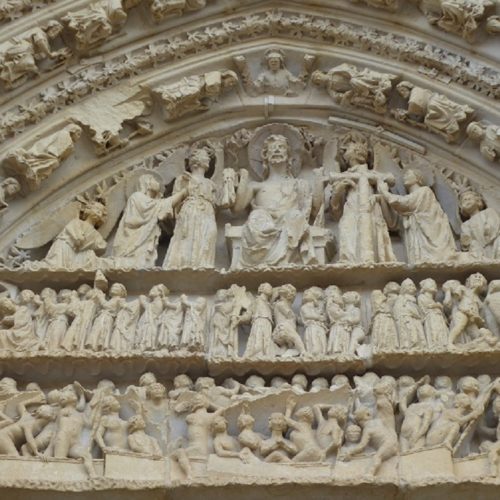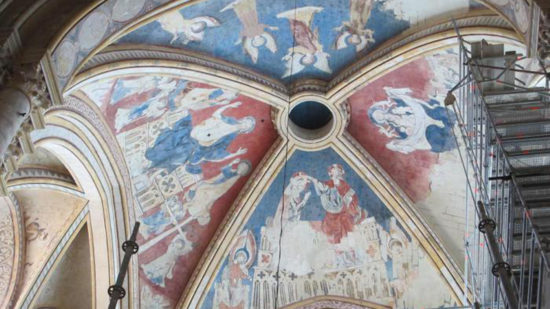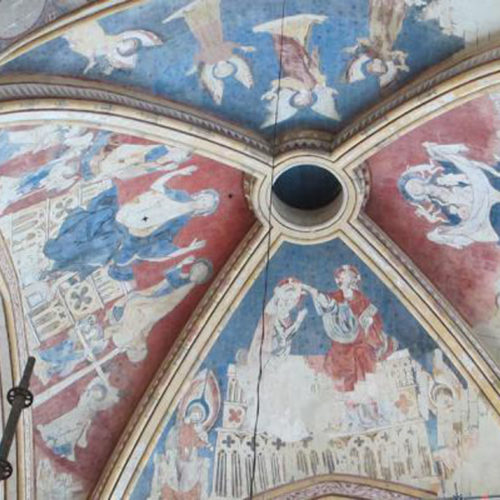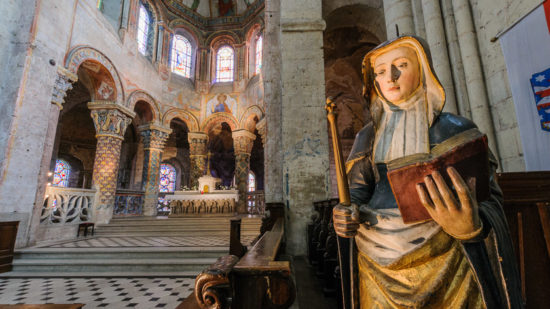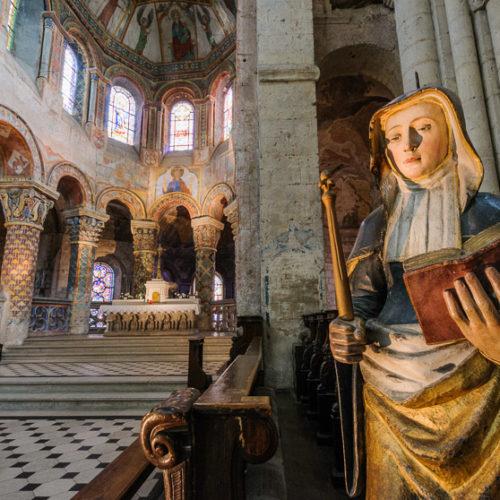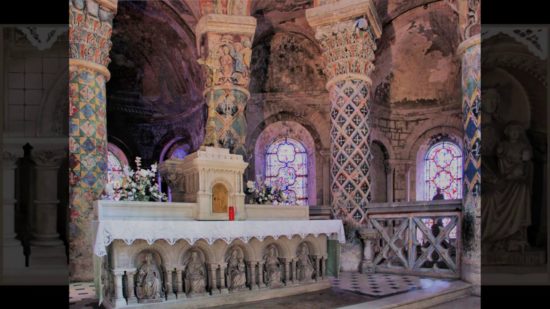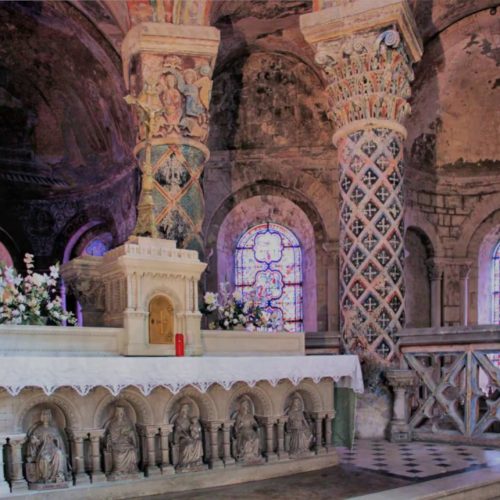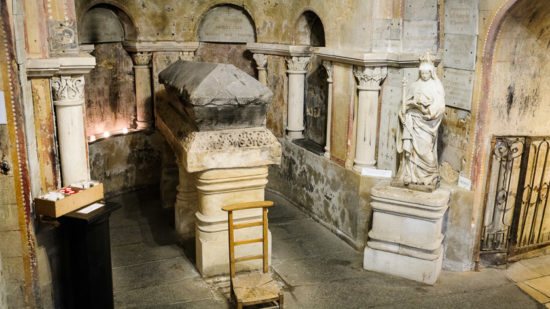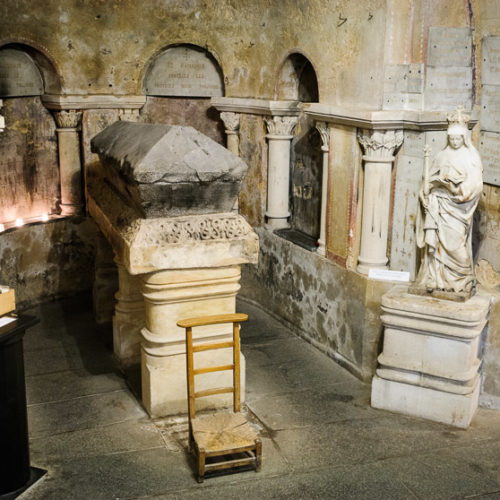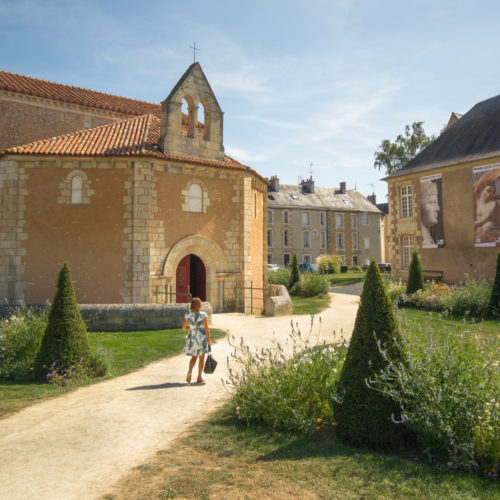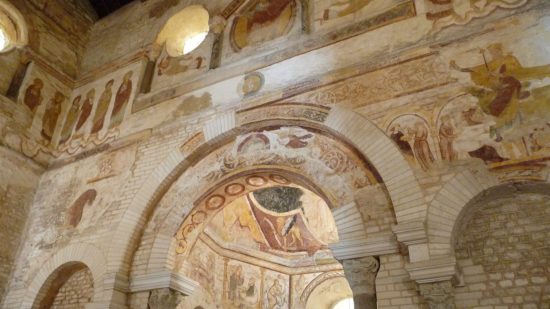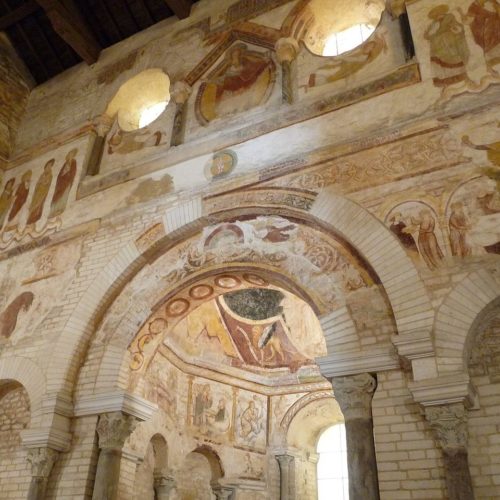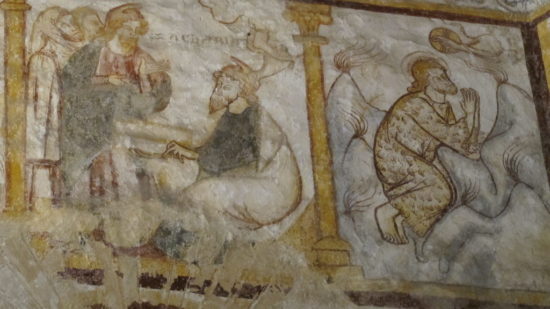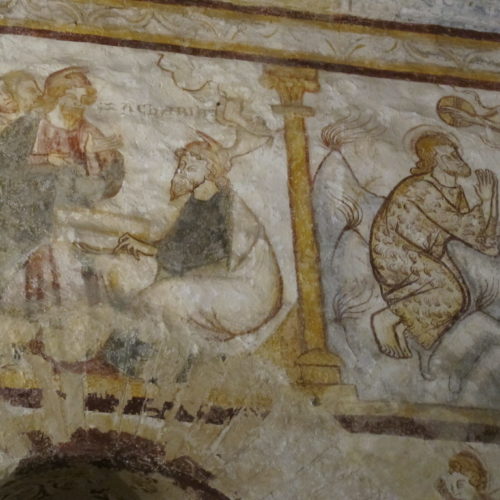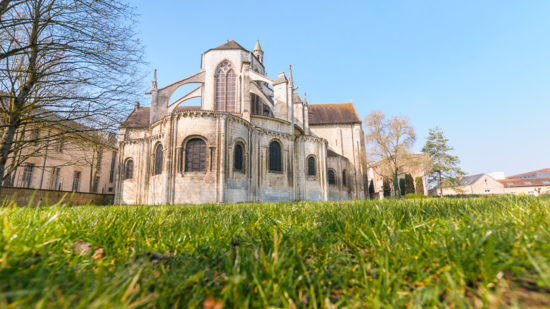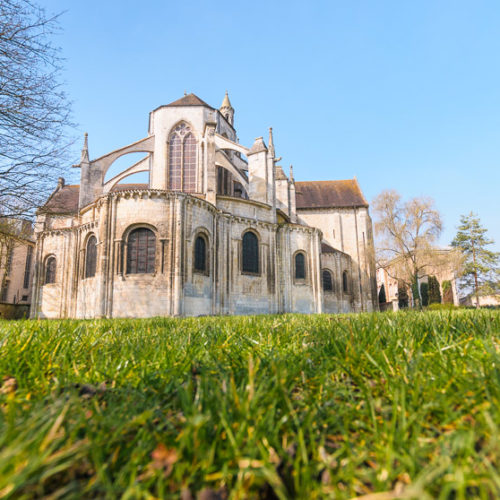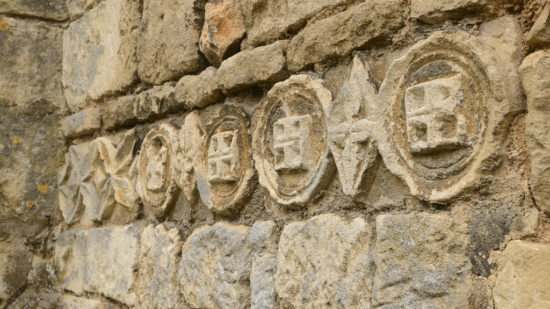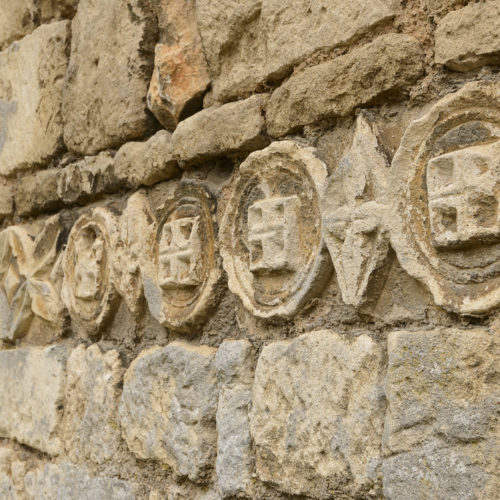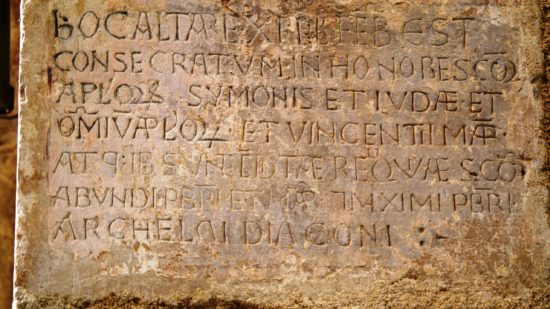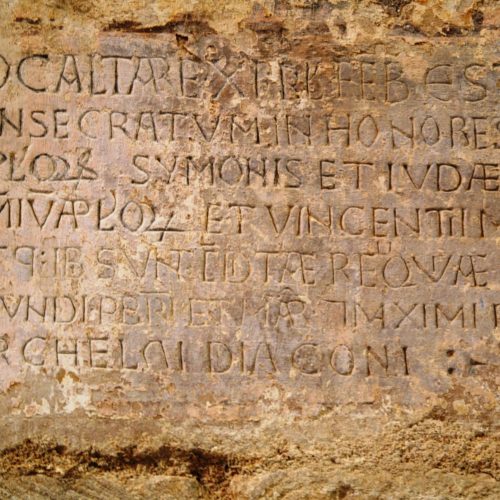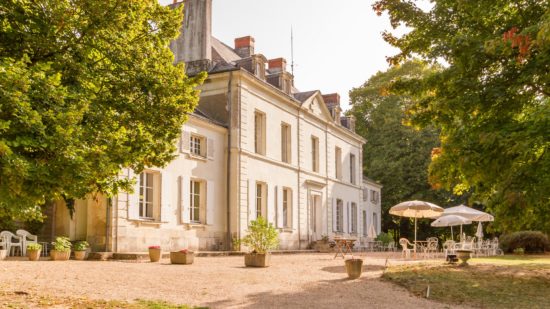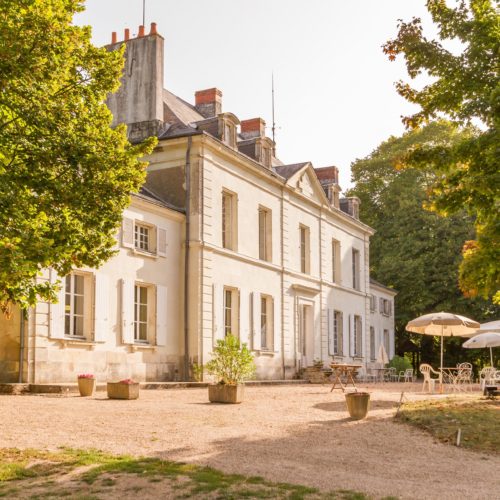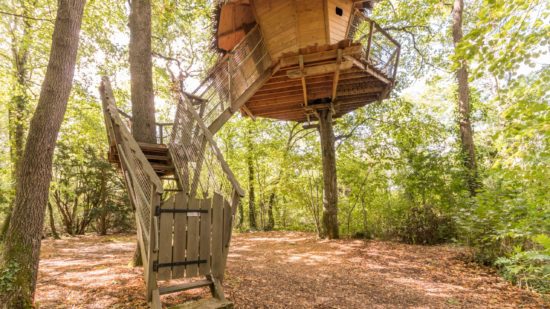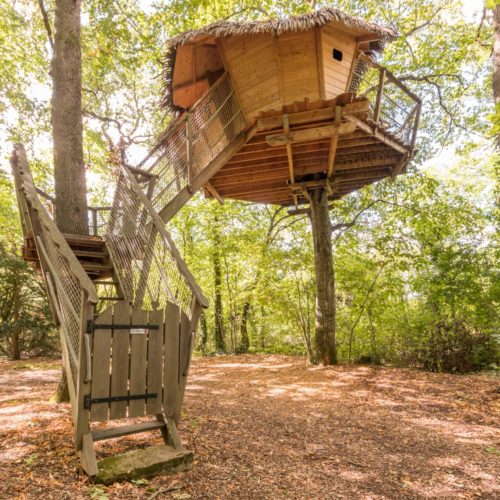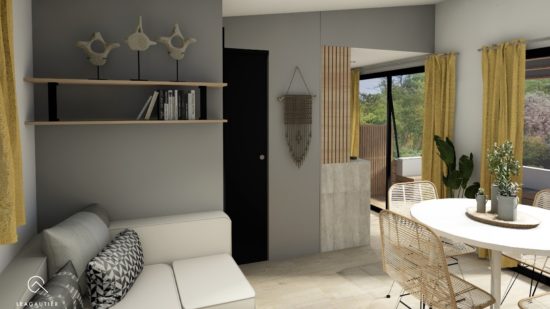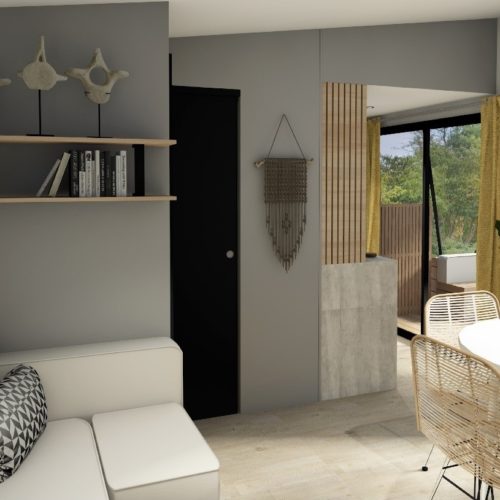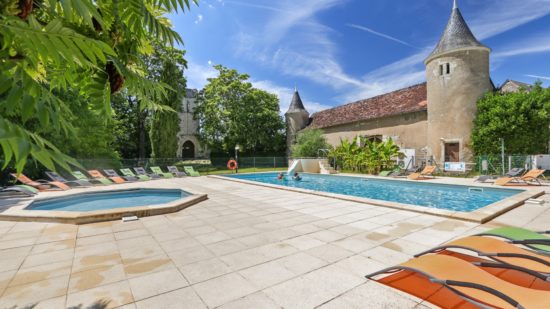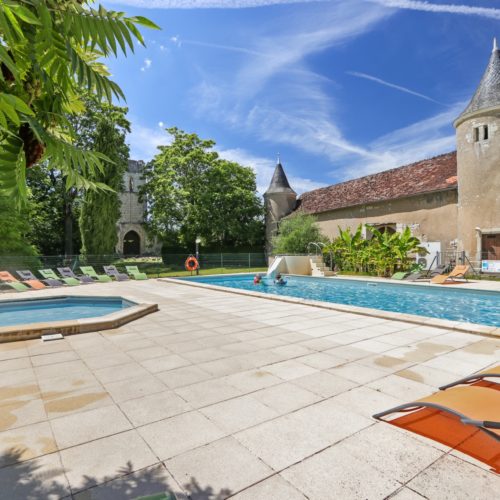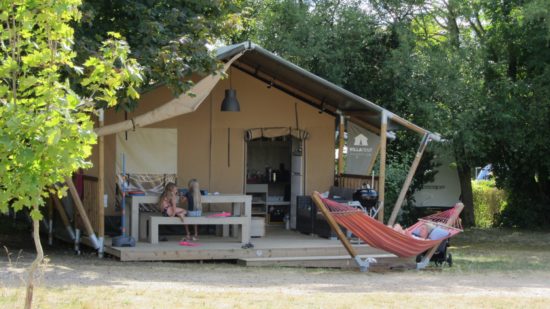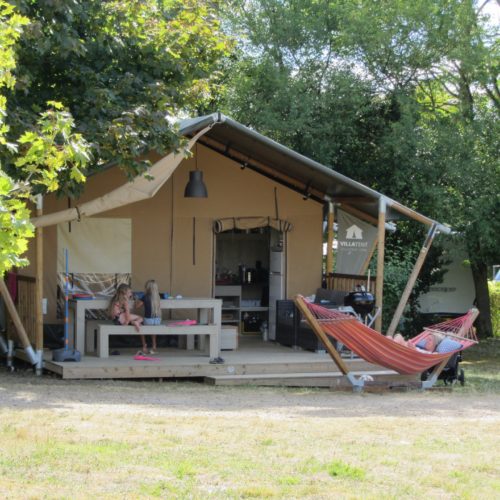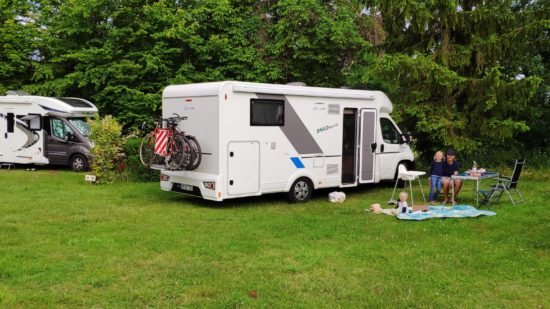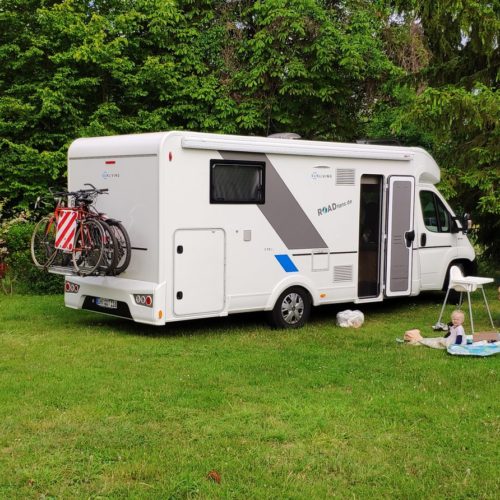Discover the most beautiful touristic places around Poitiers
Poitiers, a historic town
Camping Le Petit Trianon is located near Poitiers and offers a wide range of classic (mobile homes, cottages, camping pitches) or unusual accommodation (Tipi, luxury tents and tree houses).
During your stay in our campsite do not miss to visit Poitiers. Located 40 km from the campsite, Poitiers welcomes you to its historic centre of character. In the 4th century Poitiers was one of the most important cities in Gallo-Roman Aquitaine, it was evangelized by Saint Hilaire at the same time. The foundations of the Baptistery of St. John date from this period, making it one of the oldest. The city then took the definitive name of Poitiers, in connection with the people of the Pictons.
Itinerary to visit Poitiers
Poitiers is a city that can be visited on foot. It only takes a few minutes to a quarter to get from one monument to another. Once your car is parked, follow the itinerary we propose. It takes the very old Grand’Rue which runs down the eastern slope of the spur to the Clain River. Bordered by half-timbered houses, narrow stone facades or beautiful private mansions, this axis hosts exceptional craft shops. An ideal walk to discover some of the city’s major buildings: St. Peter’s Cathedral, St. John’s Baptistery…
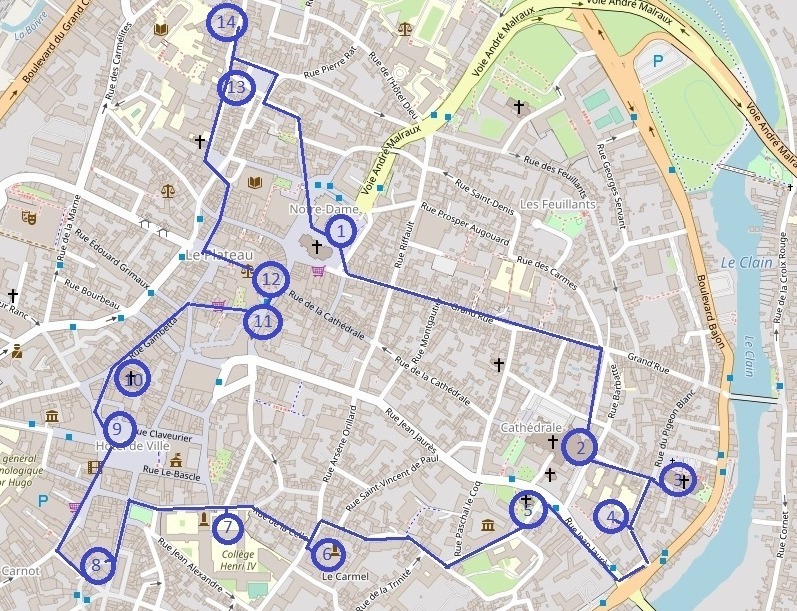
Walking itinerary
Place Notre Dame (1); Grand street; street Saint-Maixent ; Cathedral (2), street Arthur de la Moulinière ; church of Saint Radegonde (3); street des Carolus where you enter the courtyard of number 11; cell of Saint Radegonde (4); remains of the abbey of Sainte-Croix that can be seen after crossing the residence; street Jean Jaures, Baptistère Saint-Jean (5); Museums ; street Roche d’Argent, street Saint Pierre-le-Puellier ; Map of the Celle Celle; church Saint Hilaire de la Celle (6) ; street Louis Renard; College Henri IV (7); street Magenta ; street Bourcani ; remnant of the Arenes (8) ; street Maréchal Foch ; street Carnot ; place de Hôtel de ville (9).
Place de Hôtel de ville; street Gambetta; church Saint-Porchaire (10); street des Cordeliers; chevet du Palais de Justice (11) ; street du Marché ; passage de l’Echelle du Palais ; grande salle du Palais de justice (12); place of Palais de Justice ; street of Vieilles Boucheries, place Charles VII, street René Descartes ; Hôtel Fumé (13) ; upper end of street of Chaine and Hôtel Berthelot (14); Place of Liberté ; street des Flageoles ; street of Tête Noir ; return to the starting point, place Notre Dame (1).
Extended walking itinerary
You can extend this itinerary by foot or by car. Since these places are located at the edge of the old town, near the outer boulevards. Thus you can discover Saint Hilaire, the public park of Blossac. And then Montierneuf, the Plant Garden and Panorama of the Dunes.
Church of Notre Dame La Grande
Ce lieux sacré est occupé dès le I-ère et III eme siècles de notre ère. L’église notre Dame la Grande de Poitiers date de fin de XII siecle. Le plan de la façade est consacré à l’histoire du Salut. La scène significative de la façade: l’Annonciation. Le pied posé sur une fleur de lotus l’Ange s’incline devant la grandeur de l’Immaculé.
Cathedral of Saint Pierre
The cathedral is reached by taking the rue St. Maixent. As at Notre Dame la Grande, the site of the Cathedral was formerly a pagan temple. This building was begun in 1162 by Henry II (Plantagenet) and was finished two centuries later in 1379. This is why its general plan and aspect is pure Romanesque style, whilst the façade and the interior are Gothic. The façade is embellished by three doors with richly sculpted spandrels: in the centre, the Last Judgement: on the left, the death and coronation of the Virgin: on the right, the apparition of the Christ to St. Tomas. Inside, the vaults of the side aisles, more or less the same height as those of the nave, give the edifice majestic aspect which reinforced by the soberness of the architecture. Apart from various statues and paintings which are uninteresting, the Cathedral contains three major works of art: remarkable 12th century stained glass windows which are amongst the most beautiful of those we know of this period; 13th century stalls which are undoubtedly the oldest in the France and the outstanding 18th century organ, signed by the famous organ maker Henry Cliquot.
Church of Saint Radegonde
This church was built between the 3rd century Romain ramparts and the river Clain to serve as a burial place for the nuns of the nearby abbey of St Croix founded in the middle of the 6th century by the queen of the Franks – Radegonde. The church burnt down and was rebuilt twice in the Romanesque period. The nave is of Angevin Gothic style and situated between a Romanesque bell gate and chevet.
In the 15th century the entrance was decorated in flamboyant Gothic style. Inside, the crypt, partly Merovingian, still contains tomb of Saint Radegonde, but this was desecrated in 1562 by the Protestants. One can see a statue of the saint which shows her with the face of Anne Austria who donated it to commemorate the recovery of her son, King Louis XIV in 1658.
Baptistery of Saint Jean
The baptistery of Saint John is the oldest Christian building of in France. It was built in the mid of the – 4th century on the ruins of Romain buildings to be used for the baptism of new Christians and restored in the 6th century, then enlarged in the 11th. In the 12th century the walls were decorated with the frescoes which are still in good condition. Despite various tribulation and a serious threat of demolition, as it obstructed the construction of the road, it remains today a valuable testimony of the origins of the Christianity in Gaul. It has been transformed into museum of Merovingian stonework.
Church of Saint Hilaire de la Celle
By first taking the pedestrian paths, this walk will take you through ten centuries of history. It will take you to the church of Saint-Hilaire, a stopover on the roads to Santiago de Compostela and a UNESCO World Heritage Site, and will take a detour to the TAP (Theatre & Auditorium of Poitiers) with its resolutely modern architecture.
Main square in Poitiers – Hôtel de ville
The main square of Poitiers is a Second Empire style municipal building in Poitiers. It is located on the Place du Maréchal-Leclerc, formerly Place d’Armes.
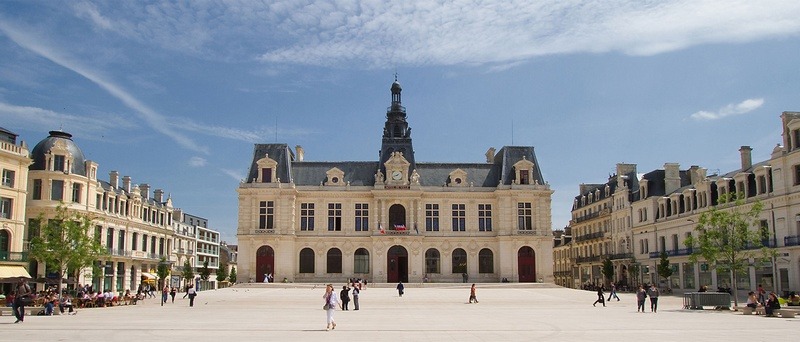
Saint Hilaire and garden of Blossac
To integrate this visit into your walking tour, when you are on the Place de l’Hôtel de Ville, you take rue Carnot, then after the rue de la Tranchée and turn right on rue Doyenné which will lead you to the Chevet de l’église. For the return, rue Saint Hilaire, rue Théophraste Renaudot and rue Victor Hugo
Very close to the an attractive site will also tempt you: the Blossac park, with its alleys, fountains, zoo and magnificent view over the Clain valley.
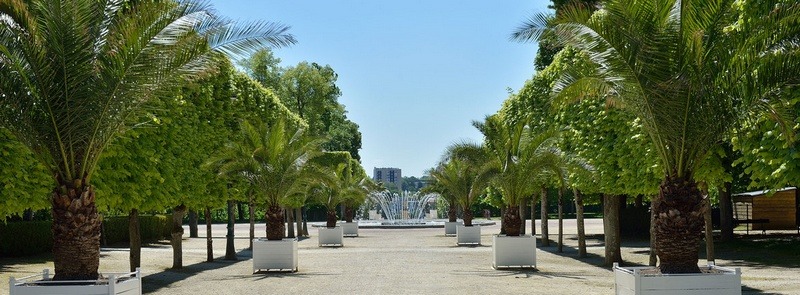
Montierneuf and the plant garden
With its slightly winding layout, its narrow street frontages, the careful depth of its courtyards and interior gardens, rue de la Chaîne will lead you to the Saint-Jean-de-Montierneuf church and its picturesque district.
After taking this tour, you will no longer look at Poitiers in the same way. Urban planners and architects share their reading of the city. The design of a square or building is a heritage of history, politics, sociology…of an era. This understanding is essential for reinterpretations or constructions that respect the heritage. This tour offers you the opportunity to discover emblematic buildings and urban beautification since the 19th century.
How to get to Poitiers from the campsite
The city centre of Poitiers is accessible in 40 minutes from camping Le Petit Trianon. The fastest route is to join the A10 motorway at the northern entrance of Châtellerault, 7 km from the campsite. For those who do not want to take the motorway, just join the D910 at 2 km. It will take 55 to 60 minutes to reach Poitiers by this road.


